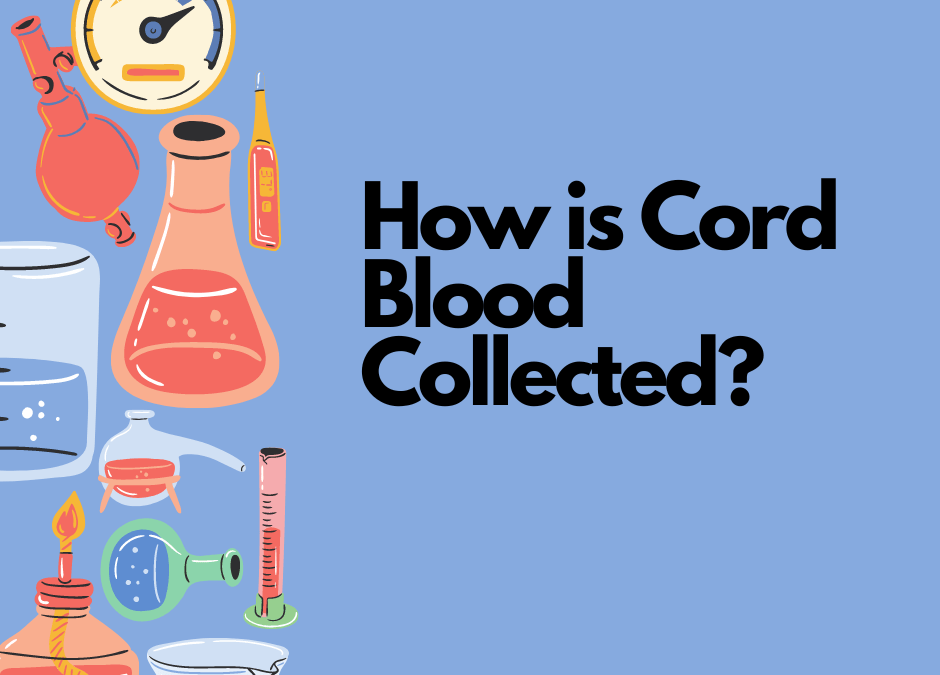If you are curious about the process of cord blood collection, you will be pleased to read that as the parents your involvement in the process is minimal. Collection is designed so that you can focus on the birth of your child, and it will not impact on your birth plan in any way. In fact, the collection will be done in a separate room after the birth, and it is done by a phlebotomist (a specialist who is licenced to collect blood).
Keep reading to learn more.
Setting up your collection
Along the way, some moments involve the parents or birth partner. However, at Cells4Life we like to think we’ve made it as easy as possible for you.
- You need to make the initial enquiry (sign up below to get your free Welcome Pack)
- Pick your service – our most popular is Platinum
- Provide your details and pay your deposit.
We then send your Collection Kit, which you will need to take with you to the hospital.
On the day of birth
- You give your Collection Kit to your phlebotomist (you will be assigned two – one primary, and one back up)
- They then collect the blood, tissue, placenta and/or amnion (depending on the service you selected) once your child is born
- Finally, they will take a maternal blood sample, which is a legal requirement in the UK – all mothers must be tested for certain diseases. This is quick, simple, and safe – just like any other blood test. If the mother is unable to give a sample due to the process of birth e.g. dehydrated, lost too much blood, etc. the sample will need to be collected at a later date but preferably within 7 days.
After collection, you will need to call the courier to take your samples to our lab where they are tested. If they pass, they will be stored. Parents are always notified about the results as soon as possible. Sidenote: our lab, couriers, and phlebotomy partners all operate 24/7, 365 days a year, so that collection is never impacted by holidays, weekends, or anything else.
All told, it starts with a phone call, before you receive a box, which you then take to the hospital. The rest is all done for you, freeing you up to focus on the big moment, and the precious time immediately after birth when you can bond as a family.
How blood is collected from your baby’s umbilical cord
The process of collecting the cord blood is non-invasive and completely safe for the mother and baby.
Typically, once your baby is born, the cord is cut once is has stopped pulsing or when the placenta has come out. It is worth noting here that it is your choice how long you wait before cutting the cord. Cord blood stem cell collection is 100% compatible with delayed and optimal cord clamping.
The placenta and cord will be passed over to the phlebotomist, who will do all their work away from the delivery room, so they do not interrupt anything, especially between you and the baby. The collection kit that you are given has everything that the phlebotomist needs to carry out the procedure. Within the kit, there are instructions and some spare items in case of emergency or malfunction.
Your phlebotomist will clean the cord with antiseptic wipes to start with. A needle is then inserted into the cord vein to drain the blood. This needle is attached to a collection bag via some tubing. To allow the blood to run, the placenta is placed higher than the bag and gravity draws the blood down.
The phlebotomist will correctly store the samples back in the box ready for you to call the courier for collection. This involves setting up the temperature monitoring probes and ensuring samples are secure within the kit.
From start to finish the collection normally takes 20 to 30 minutes to complete.
For more information read our What’s Involved page.
Testing
Within 24 hours of its arrival at the lab your samples will be processed.
The viability of the sample is looked at to ensure it is good for storage. The samples will then be separated and cryopreserved (frozen slowly in liquid nitrogen to a specific temperature). Typically, within two working day you will get a call and documentation about these initial testing results.
We also carry out contamination testing 14 days after the sample is received by taking a tiny part of your sample and running tests. Although rare, contamination can happen at which time we will inform you of the details what it is and how it affects your samples. You will be given the option to continue with the plan to store or you can destroy your samples, at which point, you will receive a refund of the processing, testing and storage fees.
Once everything is settled you will receive the record of testing.
Storage
If you choose to store with us, you will get an initial contract for 25 years of storage. After that time is up, we will get in contact to see if you would like to continue storage or destroy the samples. We are also happy to discuss longer plans with you too if you want to ensure you really do have a lifelong safety net.
If you have any questions for us about your samples, the storage process or need a sample released, the team are here to help you with everything. If you are interested in cord blood storage, order your FREE parent guide today.
Request a Welcome Pack
Find out more about cord blood banking by downloading a Welcome Pack now.









